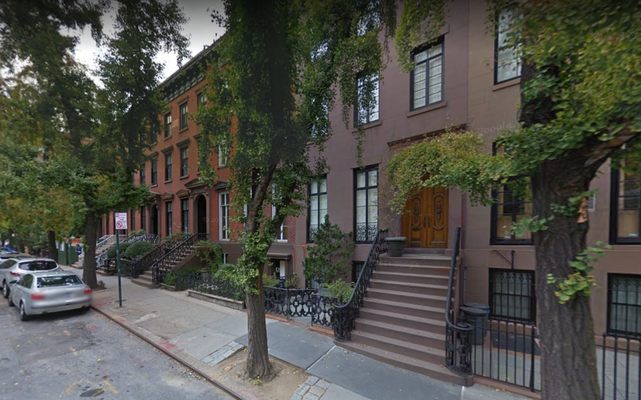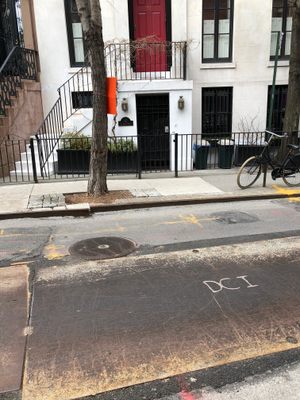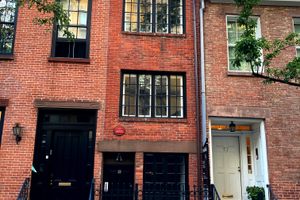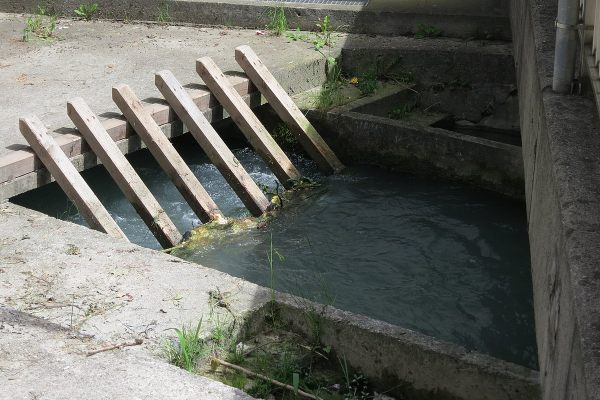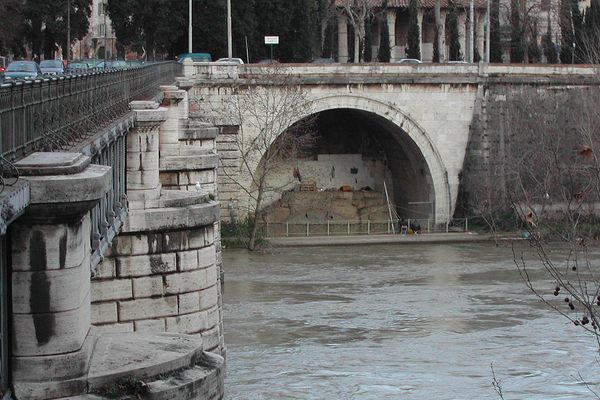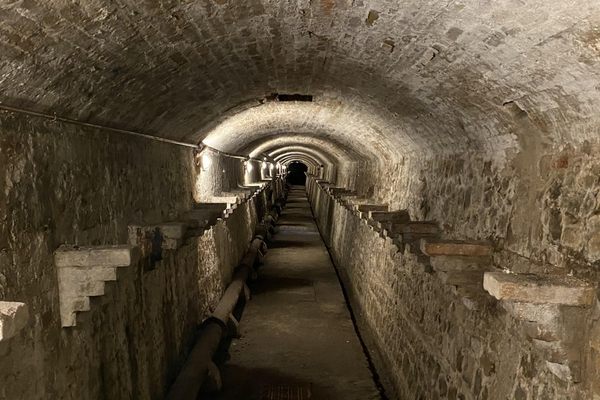About
Today, most manhole covers around New York are relatively uniform: Some bear the ConEdison name, while others are etched with "NYC Sewer" or the leaf logo of parks and recreation. Those with an eye for urban infrastructure, however, will find that scattered throughout the five boroughs are a selection of older, weirder covers that remain in use.
The insignias and inscriptions on these manholes all tell stories about long-forgotten layers of the city that still exist underneath the sidewalk. Coal holes are one of the most fascinating of these forgotten layers.
A common addition to stately 19th-century row houses in the era of coal heating, coal holes were subterranean passages that extended from a home's basement to out underneath the sidewalk, where they would be accessible by manhole. In this way, coal could be lowered down into the hole and transported by workers to the house's furnace without dirtying the main entryway or living area. The hole covers were provided by local coal suppliers and iron works, whose names still adorn them, even though most of the companies are long defunct.
Solitary coal hole covers can still be found scattered throughout New York City (look for them on any street in Manhattan or Brooklyn lined with 19th-century brownstones), but Saint Luke's Place in the West Village is notable for its two perfectly preserved covers sitting side-by-side. Saint Luke's Place, which is really just a name for one part of Leroy Street between 7th Avenue and Hudson Street, is a quiet, curved block lined with trees and beautiful brick row houses. The coal hole covers sit close to where the street curves, in front of house number 17. One is adorned with a sunflower and reads "Farrin and McCullough. 71 Watts St" (this nearby address is now an entrance to the Holland Tunnel). The other, a few feet away, is inscribed with "Abbot Hardware Company - Ironworks - 636-8 Columbus Ave." A large apartment complex now sits at that address.
Saint Luke's Place is a great place to see a concentration of coal hole covers, but if you begin to look hard enough while walking around the city, you can spot many more of these relics of New York's forgotten public infrastructure.
Update February 2018: It appears that the coal holes on St. Luke's have been removed (or covered up).
Related Tags
Published
June 26, 2017


